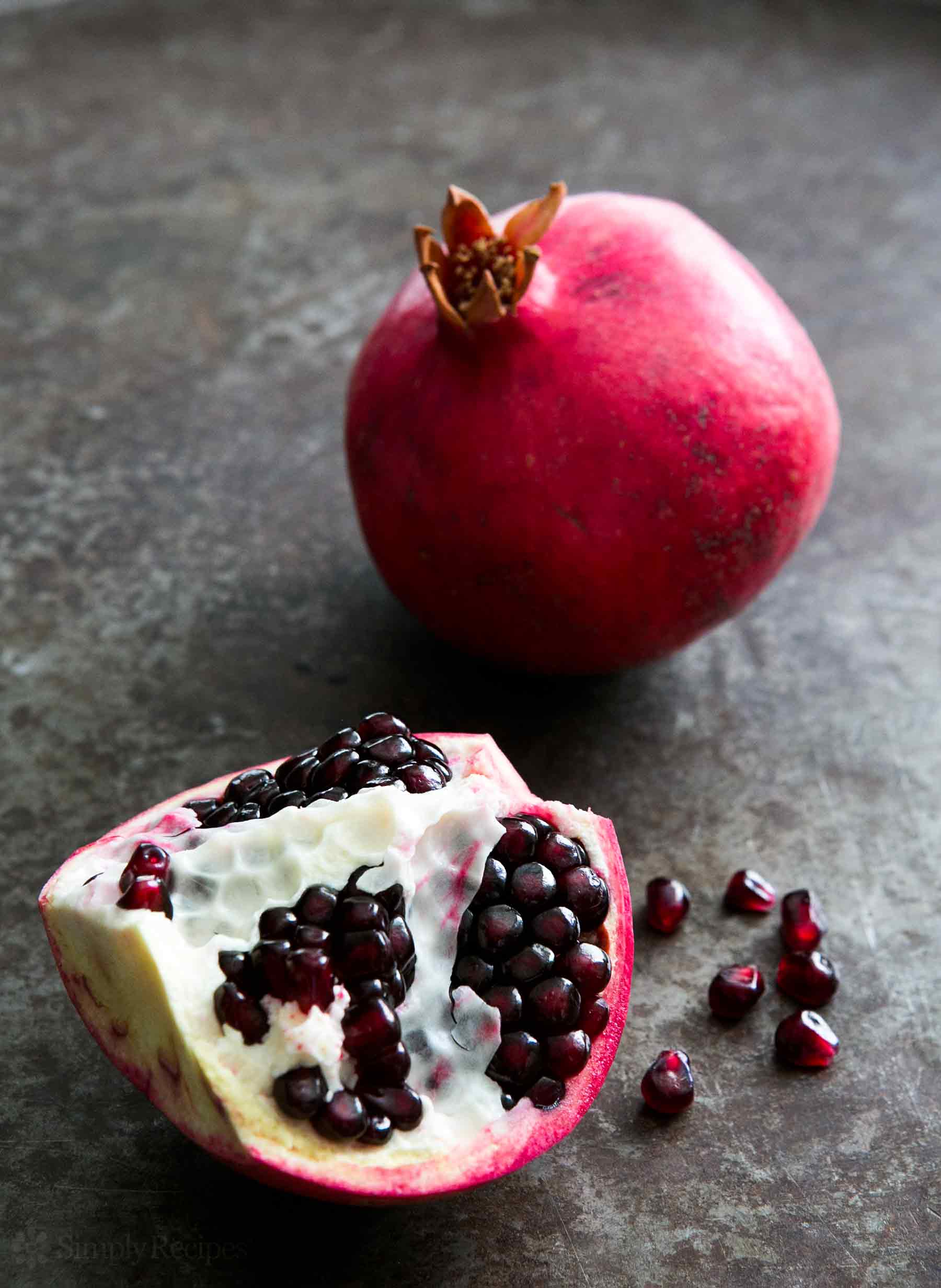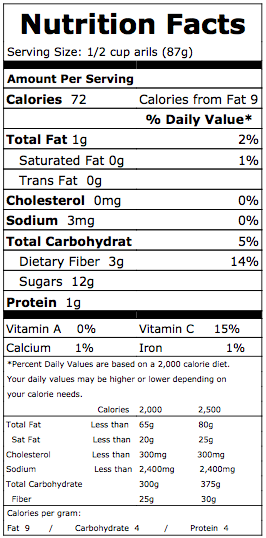Ah, we love the crisp sound of cracking open a pomegranate to reveal the most colorful, inner world of the fruit and all it has to offer. Pomegranates are genuinely a part of history – no really, historical as in back to Biblical times! Did you know this special fruit is actually mentioned in the Bible on multiple occasions, throughout various books? It’s true; pomegranates have remained a cherished fruit since nearly the beginning of time. What makes these royal beauties so unique and special?
The rich history behind the consequential pomegranate is absolutely fascinating. There is an ancient Egyptian proverb that states: “eat a pomegranate and visit a bath; your youth will haste back.” From the significance surrounding fertility related to the number of seeds in the fruit to the tradition that the fruit holds 613 seeds in representation to the 613 commandments in the Torah for the Jewish people. Pomegranates are said to have been so much more than fruit for eating – they became part of religious customs. The significance went as far as being designed and woven into the robes of high priests to a drink of significance at royal banquets with meaning behind them. Furthermore, the particular fruit was considered a decoration with its color and crown in temples and was even designed into precious coins back in the ages. Many believe the fruit on the tree of life may actually be the pomegranate.




